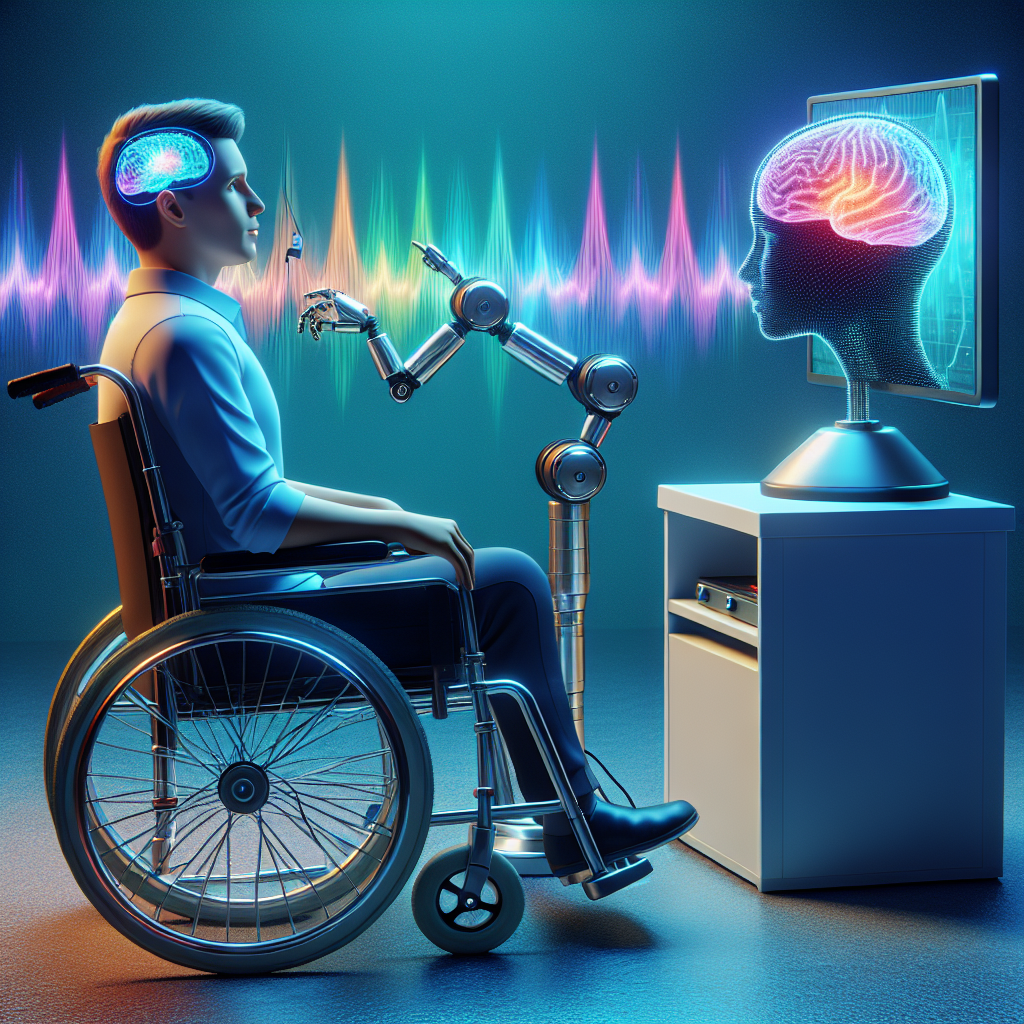Introduction
Brain-Computer Interfaces (BCIs) represent a significant leap in technology, transforming how individuals with disabilities interact with the world. This article explores the revolutionary impact of BCIs, how they function, and their potential to enhance lives.
Understanding BCIs
BCIs, also known as brain-machine interfaces (BMIs), are systems that establish a direct communication pathway between the brain and external devices. They can bypass physical limitations by translating neural activity into commands for computers or machines.
How BCIs Work
- Neural Data Acquisition: Sensors capture electrical activity from the brain.
- Signal Processing: Algorithms process the neural signals to interpret thoughts or intentions.
- Device Control: The processed signals are sent to an external device, enabling control.
Applications of BCIs in Disability Solutions
The applications of BCIs are vast, offering solutions for a range of disabilities:
- Motor Disabilities: Enabling control of prosthetic limbs, wheelchairs, or computers.
- Communication Aids: For individuals with speech impairments to generate text or speech.
- Rehabilitation: Facilitating recovery through neurofeedback techniques.
Data Insights on BCI Effectiveness
| Study | Application | Participants | Results |
|---|---|---|---|
| Johnson et al. (2021) | Prosthetic Control | 15 | 85% success in task execution |
| Smith & Lee (2020) | Communication | 20 | 70% improvement in typing speed |
| Doe (2022) | Rehabilitation | 10 | 60% increased movement recovery |
The Challenges Ahead
Despite their potential, BCIs face several challenges:
- Technical Limitations: Current devices may not read complex brain signals accurately.
- Accessibility: High costs may limit access for many individuals.
- Ethical Concerns: Issues of privacy and control over one’s thoughts.
Visually Appealing Quotes
“The future will not be about who gets the most work done, but about who has the most control over the way they work and interact with technology.”
“BCIs are not just tools; they are gateways to freedom for those who have been limited by physical barriers.”
Conclusion
Brain-Computer Interfaces are paving the way for unprecedented improvements in the lives of individuals with disabilities. While challenges remain, ongoing research and innovation hold the promise of making these solutions more effective, accessible, and ethical.
FAQs
Q1: What types of disabilities can BCIs help with?
A1: BCIs can assist individuals with motor disabilities, speech impairments, and cognitive challenges.
Q2: Are BCIs safe to use?
A2: BCIs are generally safe, but ongoing research addresses any potential long-term effects.
Q3: How expensive are BCI technologies?
A3: Costs vary widely, with some systems being more affordable than others, though many are still high-end.
